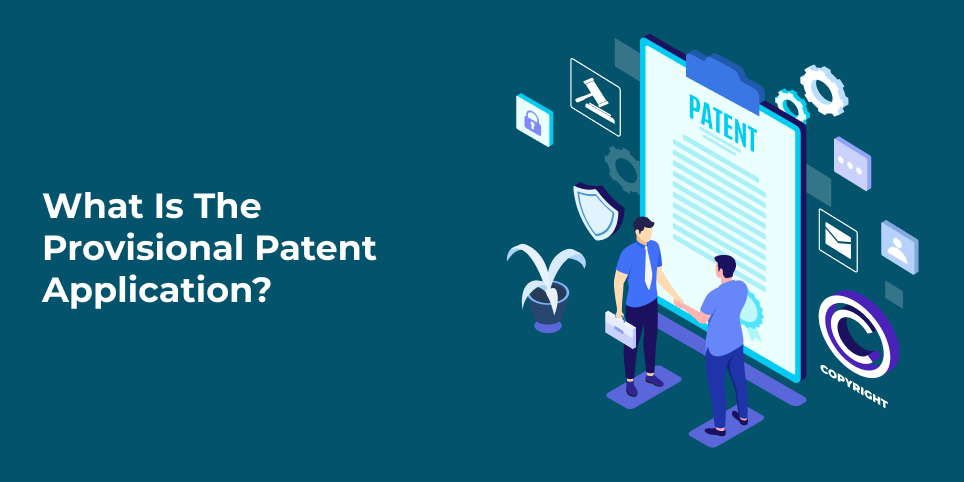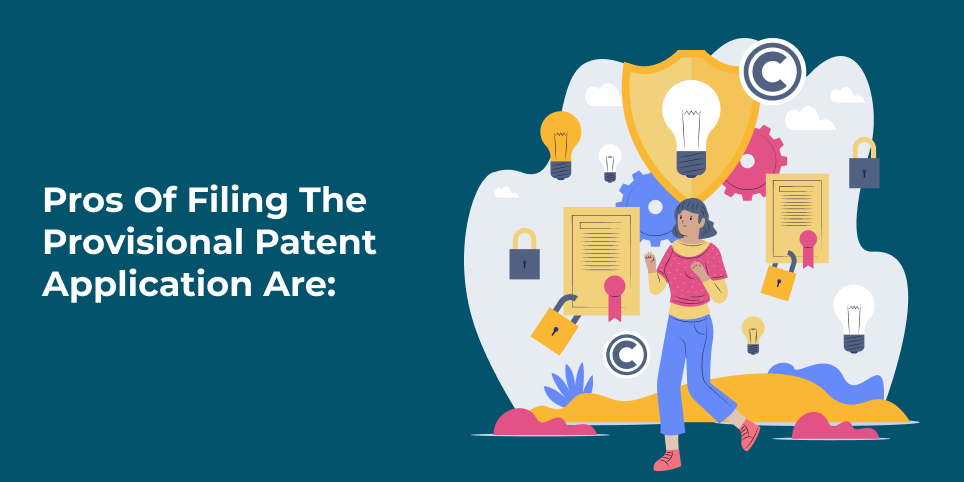
How Can You Legally Protect Your Startup Idea and Still Share It?
Do you have a Mind-Boggling startup idea? Are you afraid of plagiarism? Do you shy away while sharing your “secret” idea with people who can help you transform it into a profitable business? Then this article is for you! Get answers to all your how, buts, and ifs at this space!
Historic legal battles claiming intellectual property

Battles for the protection of intellectual property are centuries old. Let us delve into some epic legal battles claiming intellectual property.
Whose idea was the ‘Calculus’?
The father of Calculus, Sir Isaac Newton and Gottfried Wilhelm Leibniz had a controversial battle claiming intellectual property; in the 18th century. Newton and Leibniz both claimed of having fathered the Calculus (a branch of Mathematics). Newton even accused Leibniz of plagiarizing one of his study drafts. However, historians agreed that both Newton and Leibniz independently co-authored Calculus.
Wrath of the Wright Brothers:
Who flew the first plane? In an instant, one can answer the Wright Brothers. In 1906, the Wright Brothers patented designs of the wings & steering system of a flying machine.
Wright Brothers represented their patent designs to a member of the Aerial Experiment Association (AEA), established by Alexander Graham Bell in 1907. Plagiarizing the aviation designs of the Wright brothers, AEA crafted several aeroplanes.
Afterwards, Glenn Curtis, a pilot, flew and tested one of the AEA aeroplanes. Again, Curtis plagiarized Wright’s patent and crafted his aeroplane, calling it ‘June Bug.’ Scientific American even awarded Curtis for designing the first-ever aeroplane to complete 25 miles straight flight. But all these aeroplanes were the brainchild of the Wright Brothers.
The Wright Brothers took this matter to court. After years of struggle, the Federal Circuit Court of Appeals ordered the Herring-Curtiss Company to cease making aeroplanes that involve Wright’s patented design in any form.
Controversy over the telephone!
Talking of Alexander Graham Bell’s and Elisha Gray’s legal battle over the invention of the telephone, in 1870. A difference of mere several hours decided the WIN! Alexander Graham Bell won the case because his lawyer was a few hours earlier than Elisha Gray’s lawyer, to pay the fees for patent filing in the United States Patent and Trademark Office (USPTO). As an outcome, Alexander Graham Bell got accredited for patenting the first practical telephone.
How to protect your intellectual property

An idea is not just an idea if it earns you a great fortune! Being an entrepreneur, it is obvious to feel protective of your intellectual property. But this overprotectiveness may hamper the evolution process of an idea from its incubation phase.
For entrepreneurs, the fear of plagiarism is the biggest obstacle while kick-starting the business. At such times, securing a patent can be of great relief. Yet, the process of patent filing is a bit lengthy, complex, and expensive. Besides, in this highly competitive age where the market upgrades within a blink, an instantaneous approach becomes inevitable.
The United States Patent and Trademark Office (USPTO) in June 1955, declared to offer inventors a cost-effective option for filing patents in the United States. USPTO provides applicants from the United States a parity with applicants from foreign countries, under the GATT Uruguay Round Agreements levied on tariffs and trade, which covers 123 countries.
What is the provisional patent application?

The provisional patent application serves as a placeholder while preparing paperwork to file for the non-provisional (regular) patent application.
Simply put, the provisional patent application is a simple process that involves filing legal documents with USPTO, to secure your innovation idea from plagiarism, during the stage of incubation, development, and evolution of your startup idea into a successful business venture.
You can secure a “first to file” position by simply filing for a provisional patent on your intellectual property; starting from 75 dollars (pricings vary depending on the size of your business).
After filing the provisional patent application, you are free to use the “Patent Pending” label, while pitching your idea to seek capital investment or marketing your innovation.
Validity of the Provisional patent.
The patent-pending status is valid for 12 months, activated from the date of applying. Within a year you ought to file for a non-provisional patent, or you cannot claim for the protection of your intellectual property.
Pros of filing the provisional patent application are:

The primary objective of a provisional patent application is to procure an early effective date for a non-provisional patent application. Besides, the application process is:
- Simple to prepare, easy to apply
- No claims required
- No prerequisite to disclosing the context of innovation
- Does not alert competitors about the idea of innovation.
- Helps focus on innovation, giving time to test and refine the idea, without worrying about plagiarism.
Here, ‘No Claim’ means, the applicant can file provisional patent applications, without the involvement of an attorney, hence you save legal fees.
What to keep in mind while filing for the provisional patent application
- Give a detailed description of your innovation.
- The context of your invention claim must remain similar in both provisional and non-provisional patent filing documents.
- Have at least one common inventor between provisional and non-provisional patent applications.
Your non-provisional patent filing date issued by USPTO is of no use if you fail in fulfilling any of the above-mentioned conditions.
How to file for the Provisional Patent?
Apply NOW! Visit the official site of the United States Patent and Trademark Office https://www.uspto.gov or you can send the application by email.
To complete the formalities, you must fill in details like:
- Name of the inventors
- Address of correspondence
- Title of the invention
- Specifications of the invention
- Drawings of invention
- Application Data sheet
- Signature of applicant
Turning a startup idea into a profitable business requires a team of experts from a variety of working fields. If you shy away from your idea having the fear of plagiarism, you inhibit the growth of your business from incubation itself. Having a patent-pending status makes you free to pitch your idea to seek capital investment. It lets you focus on the potential growth of the business, by thoroughly working on every facet of the innovation idea. Instead of waiting a year or two, for the patent to be issued; it gives you scope to quickly undergo the production and distribution phase.
Disclaimer: The content of this blog is for information purposes only. Kindly do not consider it legal advice. Also, the patent rights are territorial and are of no effect in foreign countries. Seek expert advice or consult your legal advisor before taking any action.



